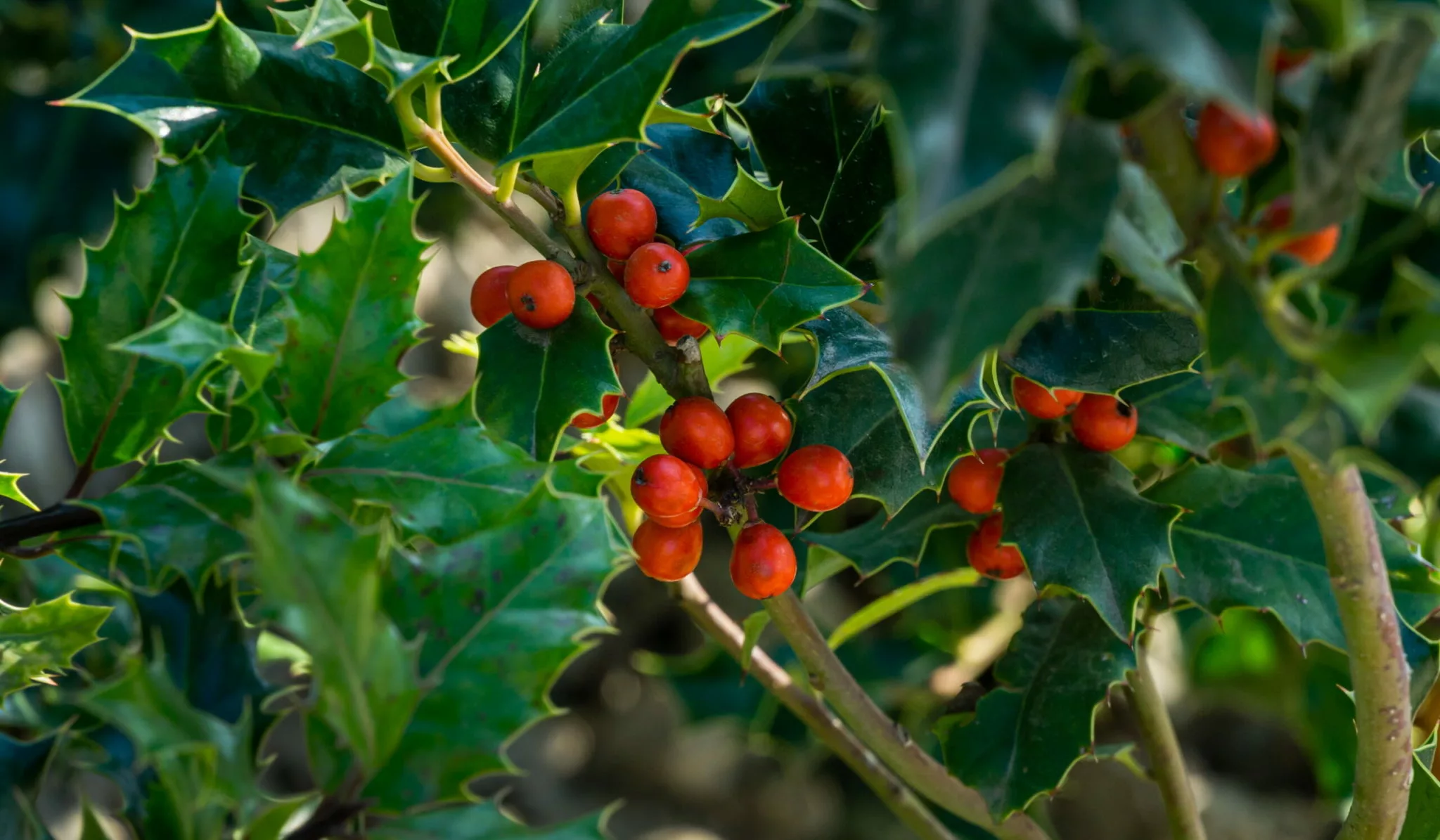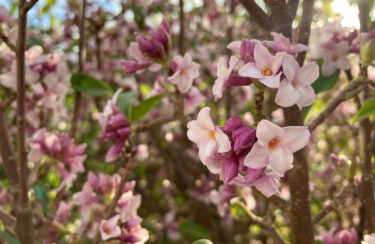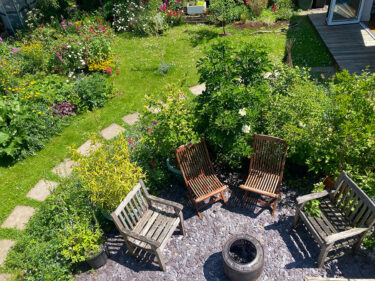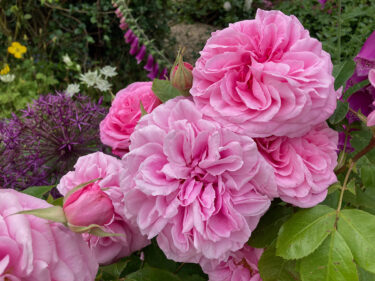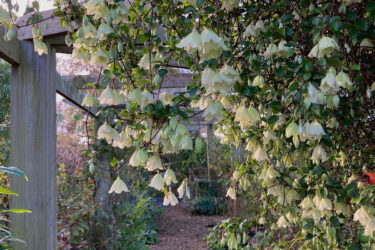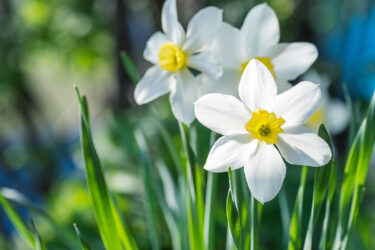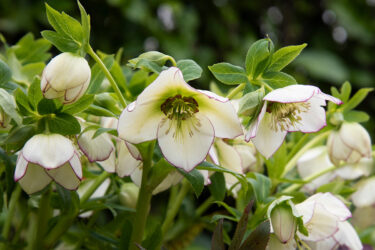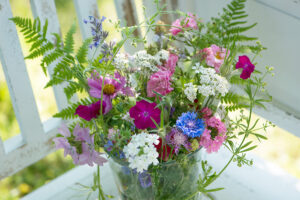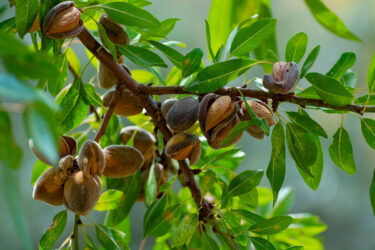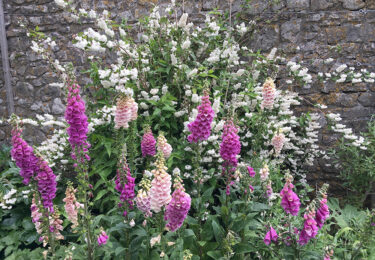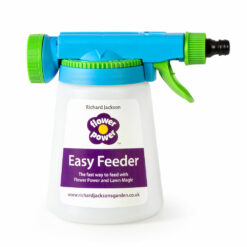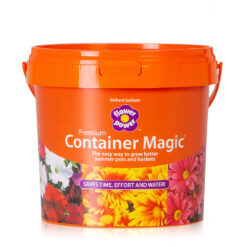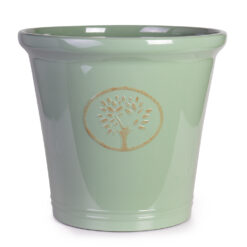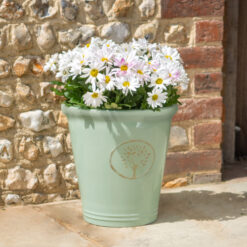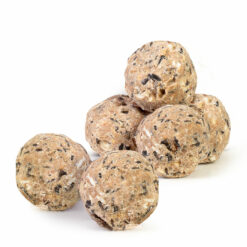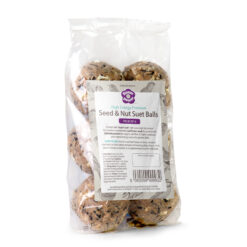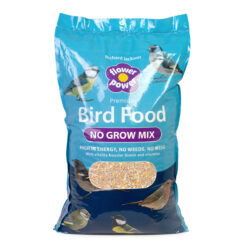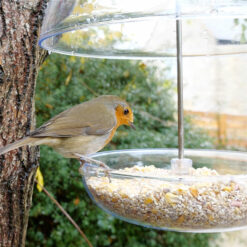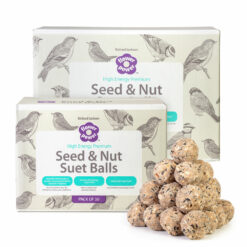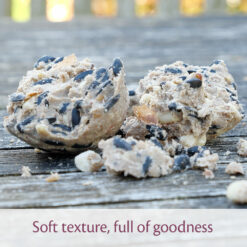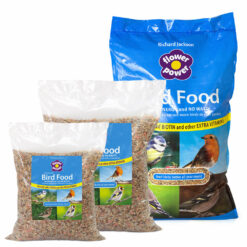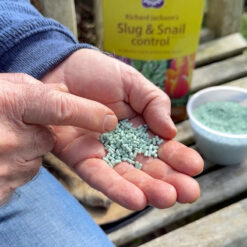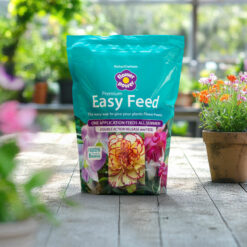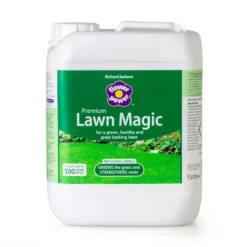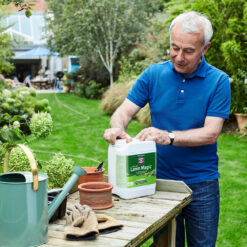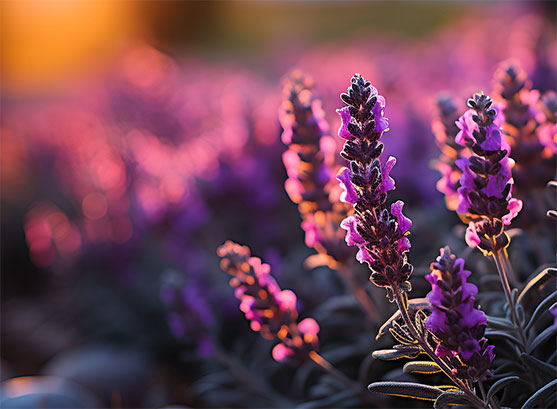The Holly & The Ivy, when they are both full grown……make fabulous garden plants! These traditional festive favourites are much sung about at this time of year, but are they fully appreciated?
Versatile ivy
The humble ivy (Hedera) is often much maligned and misunderstood. Yet, it’s a really versatile and invaluable plant. You can grow it as an evergreen climber/wall shrub in deep shade where many other climbers simply won’t cut it. Or use it as ground cover – also suitable for deep shade. Here, it’s a great foil and backdrop for other shade-loving plants. Winter- and spring-flowering bulbs look brilliant popping up through it. And use it to trail over the edges of containers to break up their straight edges, especially useful for autumn to spring containers.
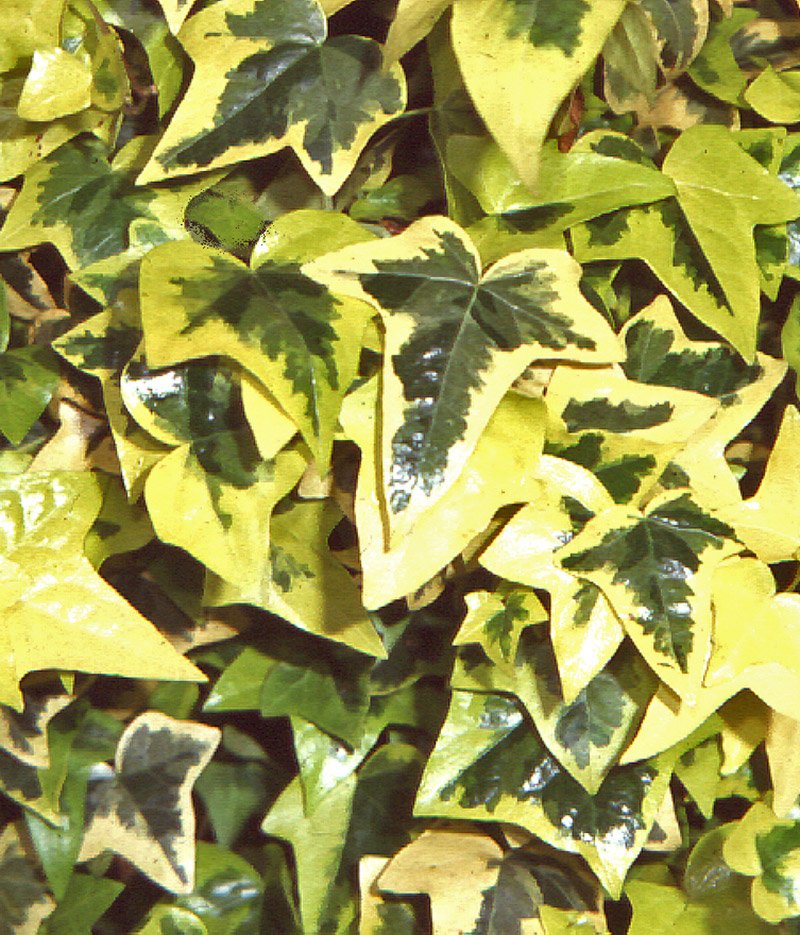
Ivy is vigorous and quick growing, which is what a lot of people want/ask for in their plants, but then complain when it grows too fast! Yes, it can become a bit of a thug as ground cover, wandering its way through beds and even onto the lawn. But, as with most aspects of gardening, it’s all about being ahead of the game. Knowing it can whizz off to places you don’t want it to, it’s just a matter of keeping an eye on it and heading it off in its tracks BEFORE it becomes an issue. Some people do worry about its aerial roots causing damage to walls and other structures, and killing trees if it grows up them. But it simply uses trees for a support and the plants aren’t parasites growing on it.
Ivy flowers from September to November and its fruit ripens in November to January. This makes ivy nectar, pollen and berries essential food sources for birds and insects during autumn and winter when other food is scarce. The berries have a high fat content and are an important food resource for a range of birds, including blackbirds, blackcaps and thrushes. Many insects rely on ivy nectar and pollen, such as bees and hoverflies, and it’s important for some butterfly and moth larvae such as angle shades, holly blue and swallow-tailed moth.
Rocking it with The Hollies
Hollies (Ilex) are probably the queens of evergreen trees and, as the carol goes on to say: Of all the trees that are in the wood, the holly bears the crown. They’re another fairly versatile plant and not all grow into massive trees. The quaintly named silver hedgehog holly, Ilex aquifolium ‘Ferox Argentea’, is slow growing and only reaches around 3m high. If it is a variety that can grow tall, simply get out the secateurs and trim off any bits you don’t want. You’ll be doing this in winter anyway, to provide lots of festive materials for indoor decorations, holly wreaths and the like. This means hollies are perfect for secateur-crazy gardeners, as they can be trained into all manner of topiary shapes and make excellent intruder-proof hedges.
Hollies also provide excellent colour all year round. There’s the fabulous foliage throughout the year in evergreen varieties (yes, there are deciduous hollies too, like I.verticillata). The best and most popular are those with yellow or white variegated foliage.

But there are all-green hollies and even the blue-leaved hollies, Ilex x meserveae, including ‘Blue Prince’ and ‘Blue Princess’. The leaves are dark green with a blue cast, and female varieties fruit well. And many hollies have colourful orangey or purple stems for added interest.
The birds and the bees and the berries
Of course, one of their best attributes are the colourful autumn and winter berries in shades of yellow, orange or red formed on female hollies. Here, I’m afraid, we have to talk about sex! While most plants produce both male and female reproductive parts in every flower, in most hollies the sexes have been pulled apart and a plant is either male or female. So, if you want berries on female plants, there needs to be a male hanging about close by. Some people are very confused about sex and ask us why their male holly plants don’t produce fruit! Men don’t produce babies! Sadly, a few people who named some of the varieties of holly have added to the confusion and were also clueless about sex – at least, that’s what it seems to me. Ilex x altaclerensis ‘Golden King’ and Ilex aquifolium ‘Silver Milkboy’ are female, while Ilex aquifolium ‘Silver Queen’ is a male!
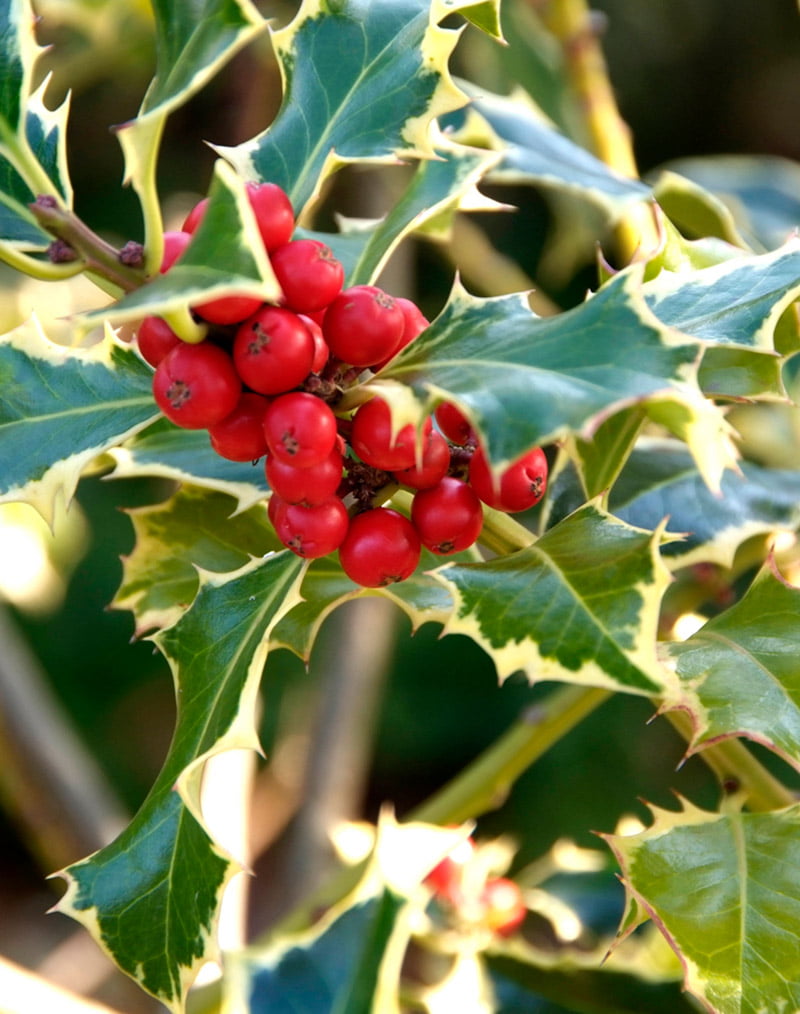
If you only want to grow one variety that will reliably berry on its own, then go for I.aquifolium ‘JC van Tol’ or one of its variants, ‘Golden van Tol’ (golden-yellow leaves) or ‘Silver van Tol’ (green and white variegated leaves). The “Tols” are also perfect for those who don’t like spiny hollies as the leaves are almost spineless. The leaves of Ilex x altaclerensis are also not so prickly as other species. And if you want a holly that behaves more like box (and is an excellent box replacement where box blight disease is a problem), there’s Ilex crenata. This Japanese holly has spineless leaves that resemble box, bears masses of black berries and grows slowly to 90cm high, making it perfect for low hedges. ‘Golden Gem’ is a yellow-leaved form. Have you read about our choice of Five Great Hollies?
